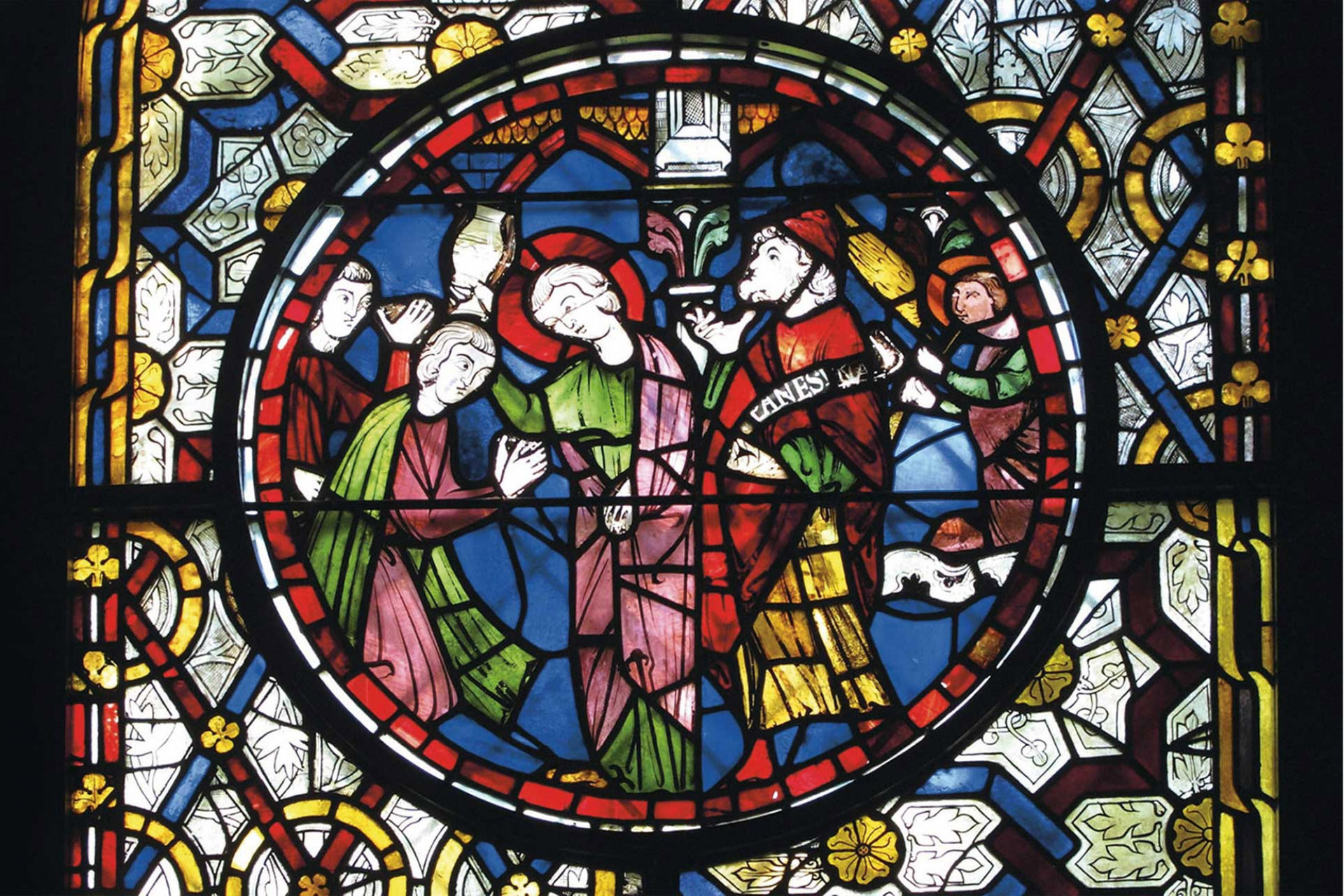Join us in Canterbury and online for the eigth annual MEMS Festival at the University of Kent. We invite abstracts of up to 250 words … Read more
Month: March 2022
MEMS students enjoy exclusive access to three London exhibitions
On Thursday 10 February, 15 MEMS MA and PhD students enjoyed a special field trip to three exciting collections in London, where we were guided … Read more
MEMS students take part in special St Bartholomew’s Day Massacre walking tour
By Jessica Falkner, MA student, Centre for Medieval and Early Modern Studies In the early hours of 24 August 1572, the Saint Bartholomew’s Day Massacre … Read more



